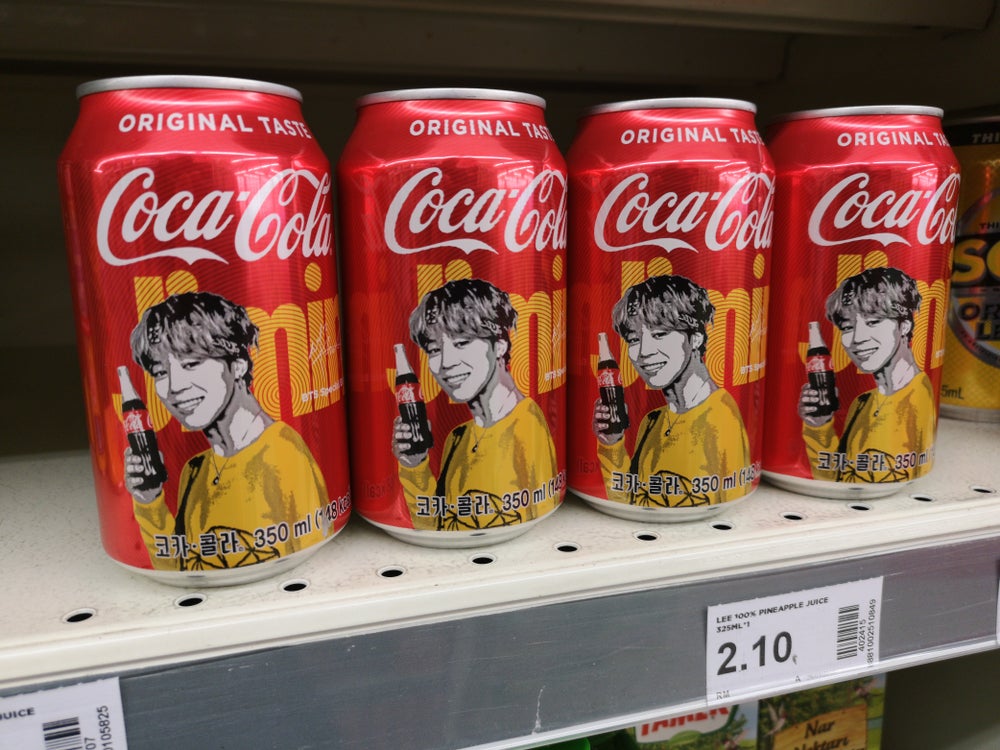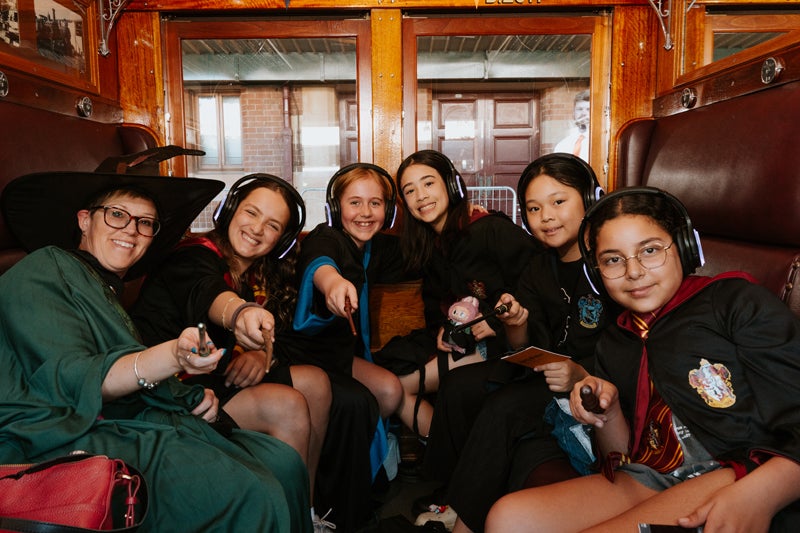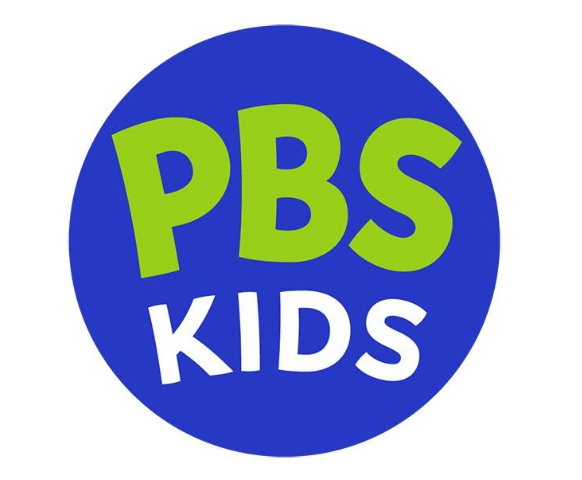A new direct mail prospecting package from Amnesty International offers a simple finding for marketers: Paper still works, and more paper works better. A January test of an oversize package bested the standard-letter control's response rates by 58%, and pulled in 59% more in donation amounts.
"We had a control package we'd been mailing for about 20 years," says Bonnie Catena, deputy director of direct response for Amnesty International. "Its returns were starting to wane, and we were struggling to replace attrition.
"We had tested many other packages," Catena continues. "We realized we needed to go big or go home. The doormat [package format] captures donors' attention."
The test package, which went to 50,000 prospects in January, is almost self-referential of its oversized nature. The envelope front features black text on a bright yellow background, reading "MASSIVE injustice deserves a MASSIVE response." Teaser copy alerts recipients to six enclosed petitions—and that copy is personalized to reflect the recipient's U.S. House and Senate members.
A note on the package's back urges recipients to look inside for free address labels, and offers an additional premium-with-donation of an Amnesty International tote bag.
The package includes a four-page cover letter, which is personalized with the recipient's U.S. Senators and House representative on the first and last pages. The letter uses a generic salutation ("Dear Friend") to avoid the possibility of an incorrect gender greeting.
It also contains a set of 33 address labels and six buck slip-sized petitions urging President Obama, secretary of state Hillary Clinton, United Nations secretary general Ban Ki-Moon, and the recipient's senators and representative to work toward ending global violence against women. The package includes a standard postage-required reply envelope.
The new piece's focus on women's human rights has enabled Amnesty International to use lists such as Planned Parenthood and Naral. The oversized envelope itself opens up into a poster-size piece which reiterates in large type some of the letter's salient points.
"We wanted to try something really different, but we were mindful of anything that could be [seen as] gimmicky," says Catena. "We wanted to get the mission-driven donor." The petitions, she adds, reinforced the fact that Amnesty International wanted recipients' help in ways beyond financial.
"A lot of people stopped mailing [large-size packages] because the postage increased dramatically," says Jenny Allen, principal and senior vice president at Chapman Cubine Adams + Hussey, which wrote the package. In fact, the larger piece's 19-cent postage cost is a nickel-per-piece more expensive than Amnesty International's letter-sized effort.
The new mailer didn't eliminate all elements from prior efforts. It still contains personalized address labels, albeit without the gold foil accents used previously. And it retains the tote bag offer to donors who contribute above a certain threshold.
"They had a lot of copy, and were able to use the dead space [in the inner envelope] for that poster," says Chris Seymour, a sales executive with Vertis Communications, which printed the mailer and collaborated with Chapman Cubine Adams + Hussey in the piece's design. "Typically that would be white space. They found all the nooks and crannies."
Vertis also tested the various components' positions in the package, making sure pieces were trimmed to a point and positioned so they all come out of the package. For instance, the reply envelope was deliberately tucked into the petition strip.
"The business reply envelope is much smaller [than the other components] and if it is left behind, it could depress response," Seymour says.
The Amnesty International piece took advantage of Vertis's inline printing capabilities to reduce costs and boost personalization opportunities. According to Seymour, the entire package—even the address labels, which were printed on two sheets of standard stock and "kiss-cut" together—was printed in one pass. Not only did this reduce press time and paper stock waste, but it helped ensure every customized piece of the mailing went to the correct recipient.
The single pass production path also helps keep costs down: At roughly 20 cents per mail piece, the larger-format package's production costs are on par with the #10 envelope mailer.
Amnesty International has used the larger-format mailing several times since January. In March the organization sent 200,000 of them to existing donors, and in May it did head-to-head tests consisting of another 200,000 of it to prospects alongside two other 50,000-piece package tests, and around 1 million of its #10 envelope piece.
The larger format has been so successful that a July mailing featured nearly 1 million of the larger piece, with other test cells consisting of a new 50,000-piece package test—another large-format mailer with a different focus—and 76,000 of the #10 envelope control. That is, the package which may eventually be a former control.
Amnesty International will continue testing package tweaks, Allen says. She might consider using a postage-paid reply envelope, for instance—although probably not for prospect-focused mailings.
"It's expensive," she explains. "It's more than first class postage, and many times even if it gives a bump it doesn't offset the massive cost."



